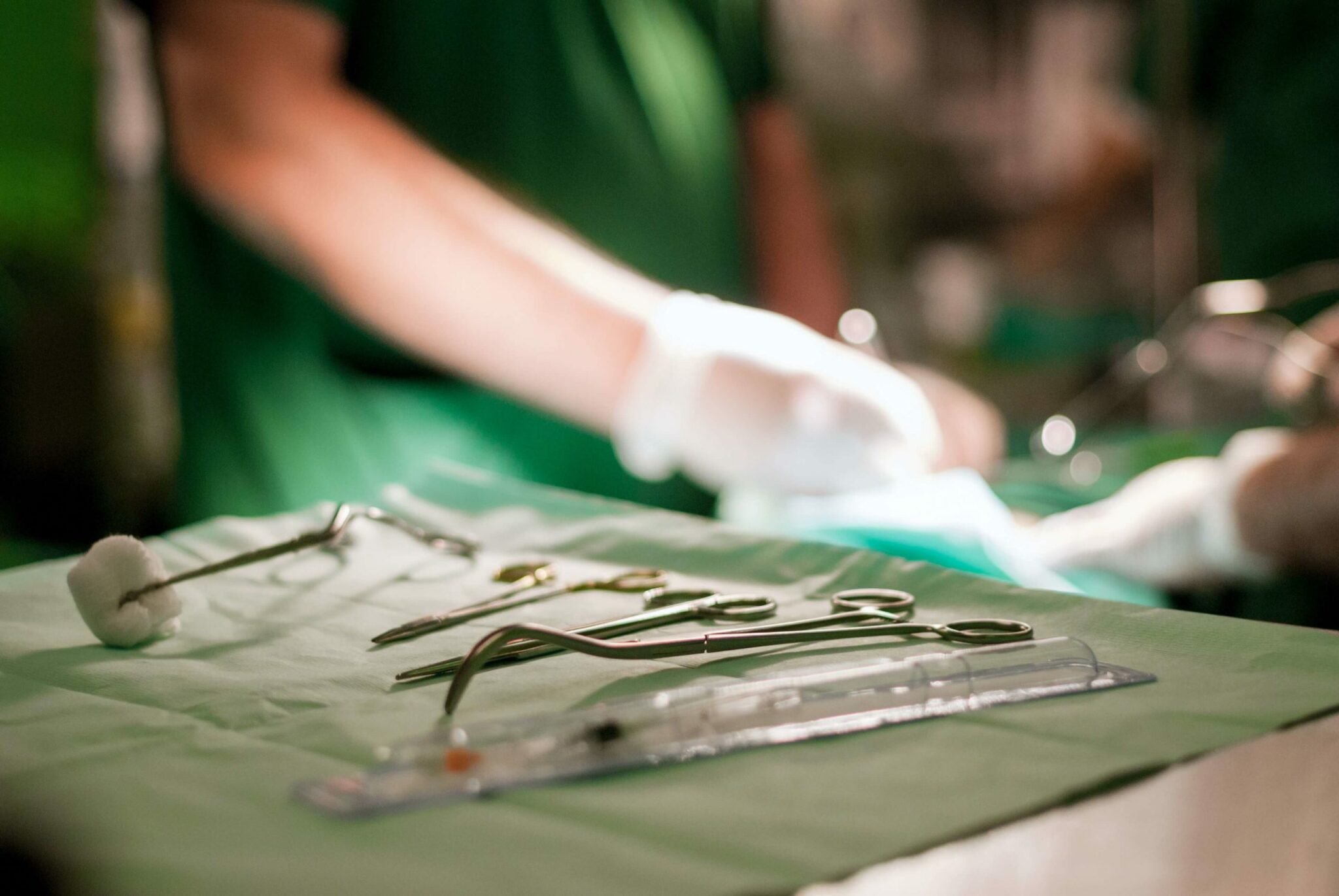Should I Have Surgery for Endometriosis?

To date, the most commonly used way to clinically diagnose endometriosis is to perform laparoscopic surgery. A small cut is made in the abdomen and a camera inserted, enabling the surgeon to evaluate the contents and check for suspected endometrial deposits. This is performed under general anaesthetic. It is good practice to remove any accessible endometrial tissue at the same time, to avoid repeat surgery. For some patients, this may be the only treatment they require for their condition.
Is laparoscopic surgery always necessary?
If a definitive diagnosis is not required, if symptoms are mild, or if the patient is not prepared to undergo surgery, it is not compulsory. Sometimes the circumstantial evidence, such as heavy or irregular periods and/or severe pelvic pain, may be sufficient to form a suspected diagnosis of endometriosis. Furthermore, if there is no major impact on patient’s quality of life, surgery may not be warranted and might cause unnecessary discomfort and inconvenience.
Treating endometriosis
In addition to diagnosis, surgery is also one of the main treatment options for endometriosis.
The two main symptoms of endometriosis are pain and infertility. However, not all patients experience both and the severity varies greatly from patient to patient. Whilst there is no cure for endometriosis, the symptoms can be managed, using medication, surgery, or a combination of the two. Medication is generally hormonal in nature, aimed at suppressing oestrogen production. Painkillers, such as non-steroidal anti-inflammatories (NSAIDs) are also used to manage the symptoms, but are ineffective as a treatment option.
The exact treatment regime needs to be personalised to the individual patient, taking into account their age, familial situation and specific symptoms.
When to use surgery to treat endometriosis
Hormonal treatment can cause unwanted side-effects and will not solve fertility issues. For those patients who are experiencing infertility, or significant pain, surgery is a viable option. Conservative surgery involves removing the endometrial build-up, using either excision techniques or a laser. Usually done using ‘keyhole surgery’, recovery times are short and resultant scars are minimal. This type of surgery reduces the likelihood of inflammation and pain; and clears up the physical barrier to conception. The problem with surgery is that the effects may only be transient, as further endometrial build-up can cause symptoms to return.
The most radical surgery option is to undergo a hysterectomy (removal of the uterus), with or without an oophorectomy (removal of the ovaries). This is a major decision to undertake as the procedure is irreversible and will likely cause an immediate menopause. If you are experiencing very severe pain and/or your reproductive years are behind you, this may be an option. However, for younger patients who are thinking of building a family, it is worth considering the other options mentioned above
To conclude, surgery can help to resolve some of the complications of endometriosis in some patients. Despite its invasive nature and the possibility of misdiagnosis, surgery remains the option of choice for the identification and confirmation of endometriosis. As a treatment approach, it may not be the most appropriate option for all patients, but can bring significant symptomatic relief in some cases. Discuss your options and symptoms with your doctor who will assess your medical needs against your personal circumstances in order to inform on the best treatment option for you.
Nabta is reshaping women’s healthcare. We support women with their personal health journeys, from everyday wellbeing to the uniquely female experiences of fertility, pregnancy, and menopause.
Get in touch if you have any questions about this article or any aspect of women’s health. We’re here for you and get Nabta’s Women’s health test to learn more.
Sources:
- Bulletti, C, et al. “Endometriosis and Infertility.” Journal of Assisted Reproduction and Genetics, vol. 27, no. 8, 25 June 2010, pp. 441–447., doi: 10.1007/s10815-010-9436-1.
- Endometriosis Treatment. Endometriosis UK, www.endometriosis-uk.org/endometriosis-treatment.










